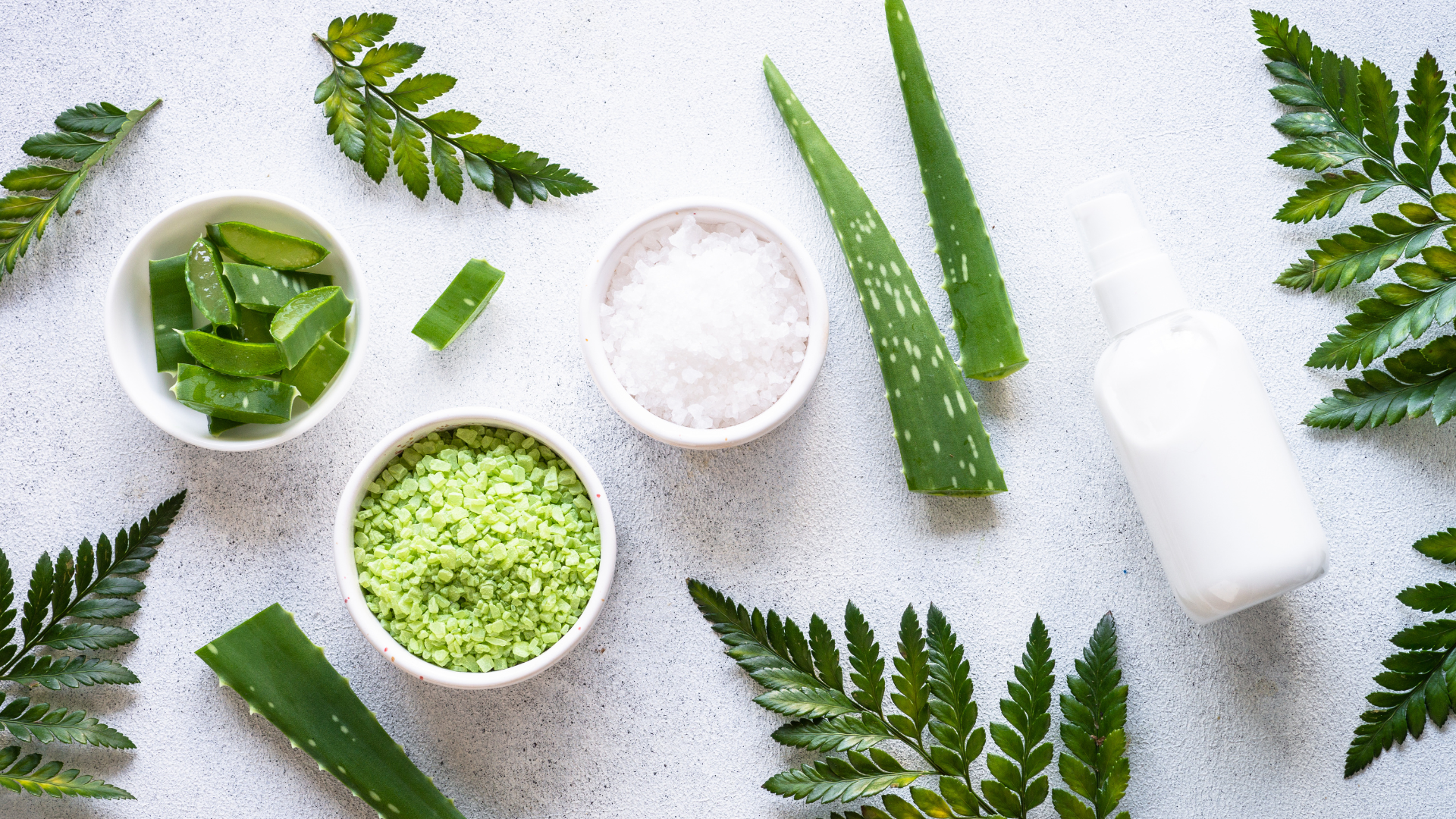The concepts of natural and sustainable are increasingly present in product communications. There has always been a trend towards natural, although there was not as much on offer in the market as there is today, and projections suggest that the natural cosmetics category will continue to grow.
To grow in a product category, the formulation of the product is crucial, but if we have also identified the levers of growth of the category, the direction in which we have a greater potential for innovation will be established, without neglecting the analysis of consumer behaviour. To do this, it will be necessary to involve them in the process of creating the product, in this way the chances of creating a successful cosmetic product will be greater.
Companies invest a lot of resources, both human and financial, in the development of new products. R&D&I such as market research, among other variables, is fundamental for brands to be able to respond to consumer needs.
Benefits of cosmetic products
In different consumer research, we observed that the benefits of using cosmetics are mainly wellbeing and feeling good about oneself. They expect quality products based on natural ingredients that offer a very good user experience.
Cosmetics for skin or hair care, for facial decoration... in short, they are used to take care of oneself and feel better according to the particular needs of each person. For this reason, personalisation is a factor to be taken into account in the development of cosmetics, which the industry is increasingly taking into account.
Perception of natural cosmetics
Consumers perceive natural cosmetics as ethical, healthy, more tolerant of sensitive skin and environmentally friendly. In some cases they demand greater effectiveness or at least the same effectiveness as that obtained with conventional cosmetics.
There are those who think that, as it is a natural product, the formulation process should be simpler and therefore its price should be cheaper compared to a conventional cosmetic, and on the other hand, there are opinions that think that the extraction of these natural active ingredients is more complex and delicate, and therefore, this is reflected in the price of the cosmetic.
4 attributes of natural cosmetics important to consumers
Consumers consider a cosmetic to be natural when it is obtained directly from nature and is not processed with chemical ingredients.
- The trust that a cosmetic product provides is one of the attributes that consumers value very positively. In natural cosmetics, this trust can be obtained by consumers recognising the ingredients of which the product is composed, as they are natural, they identify them more easily.
- Safety is another attribute that consumers relate to and value positively in natural cosmetics. They think that, being natural products, they "should" not be harmful to health, as they have to be less aggressive than conventional cosmetics. An important element in product safety is labelling, as this is the information consumers receive about the product they are going to use. This information must be clear and precise in order to be able to easily identify the product, its function, ingredients, instructions for use, precautions, etc.
- Sustainability is no longer an option, it is an aspect to be taken into account throughout the product cycle, from the idea to its commercialisation. Focusing on the environment and taking into account the optimisation of resources, the reduction of materials in product packaging, that these comply with the three "R's": promoting the reduction of packaging use, its reuse and recycling, the use of coatings with advanced properties to have simpler and recyclable packaging, or the use of bioplastics from organic waste, for example, are aspects that companies contemplate when developing both product and packaging options.
- Efficacy is a non-negotiable attribute for consumers to use the product and, therefore, for brands to build customer loyalty. On the one hand, they differentiate between efficacy proven by themselves when using the cosmetic and, on the other hand, efficacy "tested" by independent bodies that validate its effectiveness.
How to design natural cosmetic products with a higher chance of success?
Starting from a deep knowledge of consumer preferences, tastes and demands will allow us to work on a strategy focused on the success of a natural cosmetic product in its launch, repositioning or loyalty.
Integrating the consumer from the very beginning of the cosmetic product innovation process is essential for a successful market launch. To achieve this, the industry needs to rely on applied research. In this context, co-creation processes with consumers offer many opportunities to guide a new development.
The design of cosmetic products is closely linked to new trends and consumer needs. And these are changing due to different factors, hence the importance of designing products through co-creation processes, with the use of appropriate techniques to access the emotional part of the consumer that explains behaviours of which we are not aware.
Necessary features in the design of a new product:
Before a product is launched on the market, it must have three fundamental characteristics:
- Being different.
Every new product must be given a unique essence through a process of innovation, from the very beginning to the last details, with the consumer's opinion.
- Solving a need or providing a real response to a consumer expectation:
Philip Kotler, American professor, PhD in economics and mathematics, states that "Marketing is concerned with identifying and satisfying human and societal needs". And one of the shortest definitions of marketing is "satisfying needs in a profitable way".
- Offer superior functionality to current products:
Offer an added value that we do not find in others, in addition to covering a need and not being similar to the existing offer.
There are hundreds of examples of products that have failed because they did not adequately analyse the most important factor, the consumer. Without a proper analysis of consumer preferences, both present and future, any innovation initiative will present a very high risk. Analysing consumer preferences requires specific methodologies that fall within the area of Market Research for Innovation.

